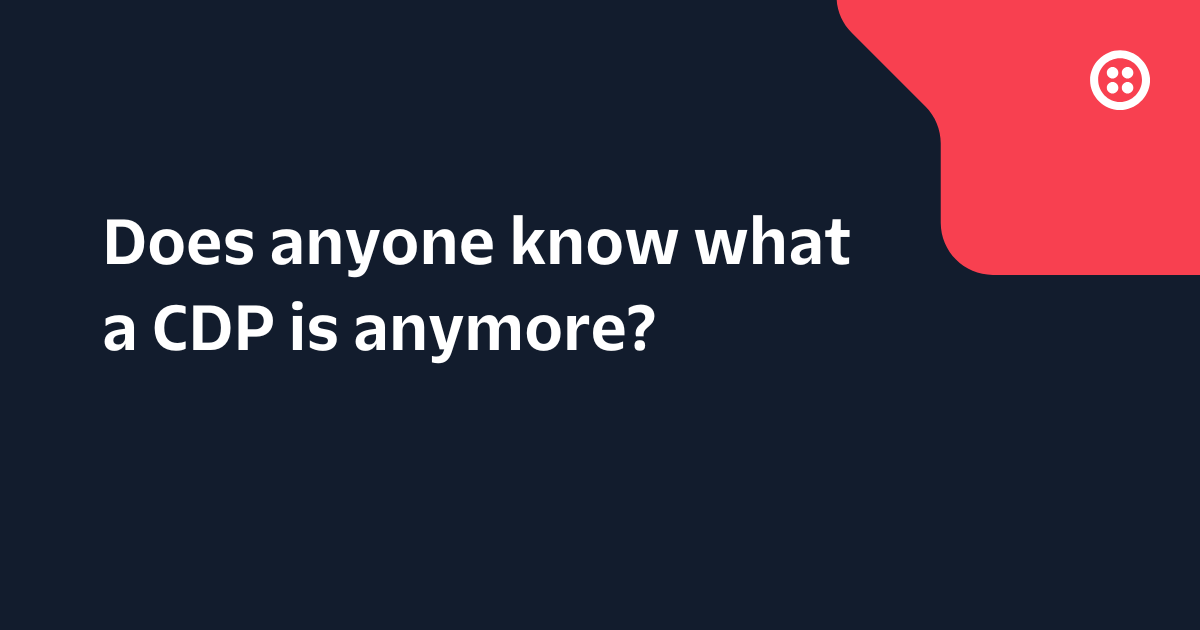Short Codes, Big Lessons: Make The Most Of Your Short Code
Time to read: 5 minutes

Don’t let these shorter 5 – 6 digit numbers fool you — our customers have shown us that short codes can do big things! Since we started offering short codes four years ago, our customers have helped us become (according to the folks at the CTIA):
- The largest holder of short codes in the industry
- The fastest growing provider of short codes
- The provider with the most active short codes
Even though shortcodes are dynamic and growing fast, we’ve learned they can be one of the most complicated and least understood products when it comes to setup and industry requirements. To put it simply, getting a short code off the ground presents a few challenges. We’re here to share with you some of the key lessons and tips we’ve gathered from helping hundreds of customers get their short codes up and running.
1. Getting Started: When Should You Use a Short Code Instead of a Long Code?
One of the trickiest things about short codes is recognizing when you need one. When deciding whether a short code is right for you, the important thing to keep in mind is that long codes come with a lot of industry-mandated red tape surrounding sending mass messages.
Long codes aren’t meant for high-volume messaging. Carriers want to protect their subscribers from spam, and will only grant bulk messaging capabilities to applications that they’ve screened and approved. This is why there are traffic limits for long codes, and an approval process for short codes.
So what are the limits for long codes, and how can you avoid the “yikes” moment when your long code messages are filtered or stopped?
Key Rule to Remember: Long codes can send only one message per second, and may get suspended for sending to more than a couple hundred unique contacts per day.
If you use a long code to send more than a few hundred messages in a day, your messages will be in danger of being marked as spam and filtered–or, worse, your long code could be fully suspended. That means zero messages will get through to your end users, which is not a good spot to be in.
The best way to avoid filtering is to keep a close eye on your traffic. As you grow, make sure that you keep an eye on how your growth is impacting your traffic. You can check these stats out anytime in your Twilio account portal. If you see high traffic volumes, or concentrated bursts of traffic, a short code is likely the right way to go. If you’re not sure whether your traffic warrants a transition onto a short code or not, feel free to reach out to us: shortcodes@twilio.com
Aside from high traffic, there are a number of reasons you can use short codes. Short codes are easy for your customers to remember (they’re only 5 digits). You can also use branded vanity short code to further create an easier communication path for your customers.
2. It’s A Jungle Out There. Let the Short Code Team Clear You a Path.


- The CTIA has a list of rules that all short code programs must follow; for example, there are specific language requirements you must include in your advertisements, terms page, and messages
- Interpretation and enforcement of these rules varies from carrier to carrier
- Short code programs are subject to random compliance audits conducted by carriers and the CTIA — your short code could get shut down if it doesn’t meet their standards
- There are separate fees for the short code lease, carrier provisioning, and maintenance that all show up at different times
If that all seems a bit daunting to you, know you’re not alone. Short codes are subject to a strict set of requirements because the ability to send 30 messages per second is such a powerful communication tool. Navigating approvals for a short code is arduous and delicate, often filled with processes and minute details that are completely foreign to those who don’t live and breathe the telecom industry.
So what’s the best approach for ensuring our customers keep all their hair through this process? The short code team (pictured above).
They personally shepherd all of our short code customers through the entire process, taking point on applications to ensure they meet carriers’ requirements. Customers simply share with us in their own words what they plan to build, and our team will take care of the rest. We update customers with the exact status of the application throughout the process, since we know you’re eager to get up and running. This is, of course, in addition to any other support you need: we offer everything from compliance advice to implementation assistance.
Key Rule To Remember: Short code customers succeed best with help from a team of experts.
Common Short Code Deliverability Roadblocks and How to Avoid Them
At Twilio, support extends beyond the personnel who walk people through the application process. We also provide a range of deliverability stats and other insights that apply specifically to short codes.Though shortcodes both and send and receive messages, the reality is that short code SMS are routed through a different infrastructure than long code SMS. In a nutshell, this means deliverability between these two forms of communication can differ widely.
To provide you with the most accurate information and detail, we manage and transparently report on the uptime of short codes independent of all other services (see status.twilio.com). Check out a screenshot of the dashboard below, and read on to learn about how to overcome some of the deliverability challenges you might run into.
Common Issue #1: Many smaller carriers, or carriers that offer less expensive “no frills” plans, don’t enable short code messaging by default on certain plans. The end user has to call their carrier to have short code messaging functionality added. This carrier-specific roadblock could contribute to lower deliverability rates than what you might see on a long code.
Common Issue #2: Short codes will only work on carrier networks that have reviewed and approved them. Twilio’s list of supported carriers represents over 98% of carrier coverage in the U.S., but some minor carriers aren’t supported.
The good news is, we have workaround solutions in these cases. If you want to ensure your messages will reach your end users without short code messaging enabled, make sure to use our Delivery intelligence API’s to route messages that can’t be delivered via short codes. You can rest easy that your messages will be delivered regardless of your end user’s plan or provider.
And in Conclusion…
While short codes can be complicated, our goal is to make the process accessible, clear, and easy. If you’re interested in getting your own short code, you can reach out to our dedicated support staff (pictured above!) at shortcodes@twilio.com We’ll cap this off with a spotlight on one of our favorite use cases — Uber! If you’ve ever ridden in an Uber car, you’ve likely experienced the power of Twilio short codes first hand.
Related Posts
Related Resources
Twilio Docs
From APIs to SDKs to sample apps
API reference documentation, SDKs, helper libraries, quickstarts, and tutorials for your language and platform.
Resource Center
The latest ebooks, industry reports, and webinars
Learn from customer engagement experts to improve your own communication.
Ahoy
Twilio's developer community hub
Best practices, code samples, and inspiration to build communications and digital engagement experiences.


